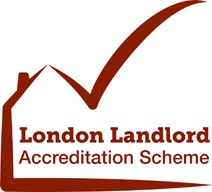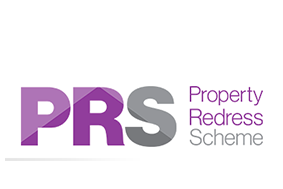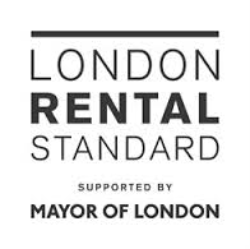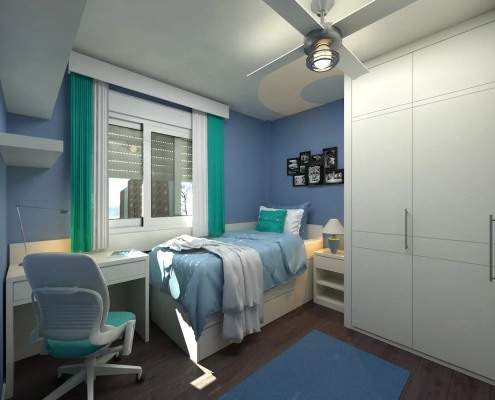
Shared House Living: Key Considerations When Renting a Room
Key Considerations When Renting a Room
Renting a room in a shared house can be an exciting and cost-effective housing option, especially in urban areas. However, it's essential to consider a few key factors before diving into this living arrangement.…

Elevate London Rentals EPC: Achieve 60% Energy Savings
Elevate London Rentals EPC
In the dynamic landscape of London property management, where sustainability meets sophistication, elevating your Energy Performance Certificate (EPC) to a grade of C or above is a strategic move that transcends regulatory…

Enhance Living: Benefits of Flatshare Management Company
Benefits of Flatshare Management Company
Flatsharing, also known as co-living, is becoming an increasingly popular option for people looking for affordable accommodation. However, living with people you don't know can be challenging, especially…

A Complete Guide to Prevent Burst Pipes in Rental Properties
As a landlord overseeing rental accommodations, one of the critical aspects of property management is safeguarding against the havoc caused by burst pipes in rental properties. Burst pipes can lead to significant damage, inconveniences for tenants,…

Handling Challenging Flatmates in a Shared House in London
Handling Challenging Flatmates in a Shared House in London
Living in a shared house can be an enriching experience, providing camaraderie and shared responsibilities. However, when faced with challenging flatmates in a shared house, the dynamics…

Embarking on a Flatshare Journey: Essential Steps to Get Started
Embarking on a Flatshare Journey
London, with its eclectic mix of cultures, endless opportunities, and bustling lifestyle, is a city that attracts people from all corners of the globe. If you find yourself drawn to this vibrant metropolis and…

Your Step-by-Step HMO Licence Guide: Unlocking London Living
London, a city teeming with life, culture, and opportunities, has become a hub for individuals seeking shared living spaces. House in Multiple Occupation (HMO) properties, in particular, offer an affordable and vibrant living experience. If…
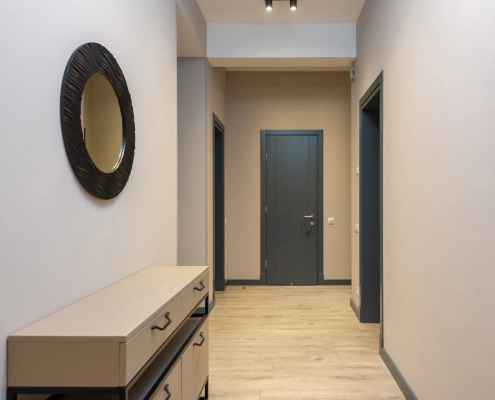
London Room Rental Market: A Detailed Navigation Guide
A Detailed Navigation Guide of The London Room Rental Market
Living in the vibrant city of London comes with its own set of challenges and opportunities, especially when it comes to finding the perfect room to rent. The London Room Rental Market…
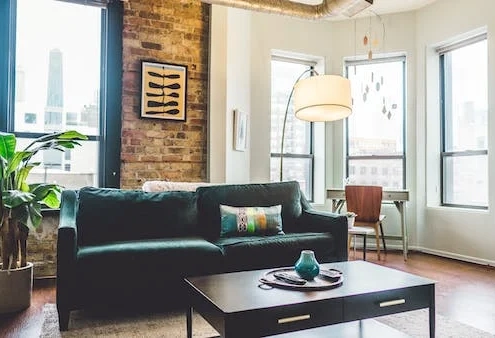
Securing HMO Licensing: An In-Depth Guide for Success
With the increasing demand for affordable housing, House in Multiple Occupation (HMO) properties in property management are gaining popularity. HMOs, which stands for "House in Multiple Occupation," are rental properties shared by three or more…

Explore Flatsharing: Your Comprehensive Guide to Shared Living
Your Comprehensive Guide to Shared Living
As housing costs rise and individuals seek more affordable living options, flatsharing has become increasingly popular. It offers a way for people to share the expenses of renting a property while enjoying…

